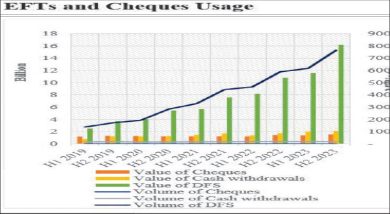Dairy farming under threat
The Civil Society Agriculture Network (Cisanet) says some households are giving up on dairy farming due to rising prices of feed against low prices being offered by processors.
In a statement on Thursday, Cisanet board chairperson Herbert Chagona said some renowned milk processors who used to collect about 150 000 litres from farmers in a day are now collecting between 50 000 to 60 000 litres due to reduced production.

Ironically, veterinarian drugs aside, maize bran (madeya), the preferred locally-available feed, fetching about up to K25 000 while a bag of dairy marsh is fetching up to K50 000, for a 50 kilogramme (kg) bag.
However, Chagona, who is also Milk Producers Association of Malawi national director, said while processors are still offering between K300 to K365 per litre, processed milk is fetching an average of K2 000 per litre.
He said: “The move has seen several farmers selling their dairy cattle, which is very unfortunate to them as individuals and the industry at large.
“For the selected few who have stuck to farming are largely resorting to grass or fodder as dairy marsh has become too expensive for them to afford. This has contributed to an acute drop in the milk quality and quantity as cows need a good combination of protein and carbohydrates in their feed for best results.”
Chagona said at K2 000 per litre, a lot more people are failing to afford the commodity, which is nutrient-rich food source.
“Simultaneously, it has come to our attention that milk processors persistently offer low prices to farmers at the farm gate, exacerbating the situation and creating an unjust environment where farmers struggle to make a sustainable income.
“Cisanet, therefore, urges government to urgently revise and enforce use of improved farm gate prices for dairy milk, ensuring that farmers receive fair compensation for their hard work and dedication.”
Figures from the World Health Organisation (WHO) show that Malawi has the lowest consumption of milk per capita in Africa, estimated at four to six kilogrammes (kg).
This is below the continent’s average of 15kg per capita and is also lower than the 200kg per capita recommended by WHO.
Consumers Association of Malawi executive director John Kapito said in an interview that last year’s maize output was low compared to demand.
“We have already seen the market reacting and mostly from speculation and exacerbated by the devaluation of the kwacha and general high prices on the market,” he said.
Cows in the dairy herd produce between eight and 15 litres of milk per day, depending on feed and health of the cow.
Of this, an estimated 19 percent of the milk is retained by dairy producers for household consumption whereas of the remaining 81 percent, just over half is sold through milk bulking centres such as the one at Mpemba in Blantyre that deliver to formal processors such as Blantyre Dairy 2015 Limited, with the other half sold to informal traders.





